Text
Marta & Bill reporting back on our project!
Organizational redesign is not as cool as throwing colors at each other (at least for most people, I personally object), but we wanted to share our progress in the project we've been working on with MPVHA.
vimeo
0 notes
Photo
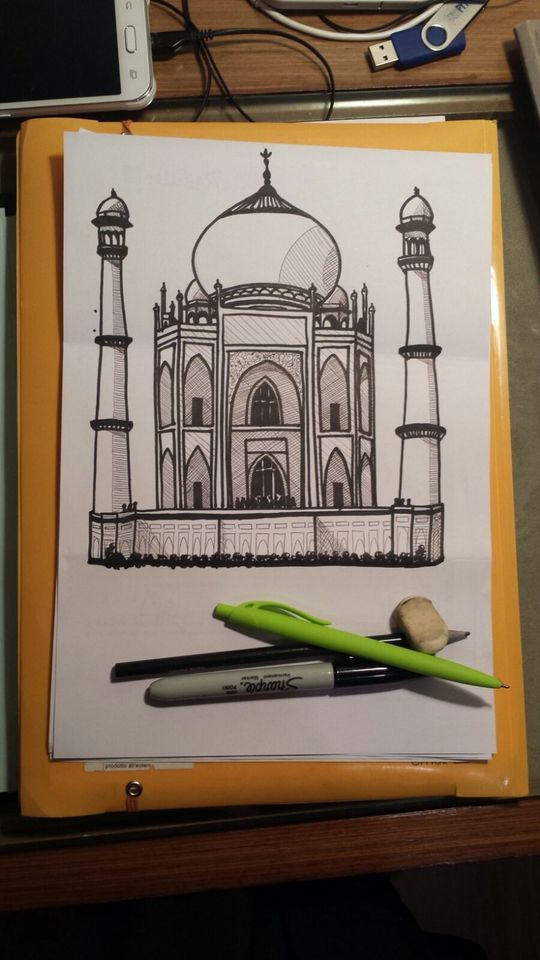
Hotel nights :)
0 notes
Photo
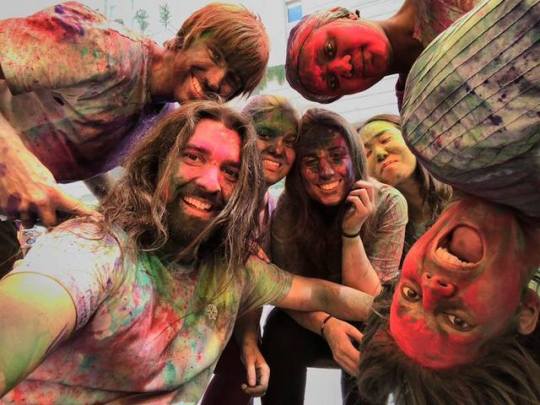
Happy Holi from CSC India 34!
1 note
·
View note
Text
Ludovico Einaudi and the indian countryside
There is a 4-hours drive from Delhi to the Taj Mahal, our destination for the first weekend trip.
The highway looks brand-new, while our van looked a bit like the ones you would see in Scooby-Doo, but it was comfortable enough.
We started our journey feeling like 15-years old on a school trip: loud, excited, singing silly songs, pointing and shouting “MONKEY!” at every monkey we saw in the streets of Delhi. After a while, though, the mood became calmer and quieter as people were falling asleep or, like me, day-dreaming while watching the countryside rolling outside our car window.
I’ve spent 4h+4h observing this quiet landscape under the sun, while Ludovico Einaudi was playing in my headphones. It may sound a bit odd to associate him with India, but in that particular moment, he was the perfect soundtrack. If you want, you can play “Songs for Gavin” while reading this post:
youtube
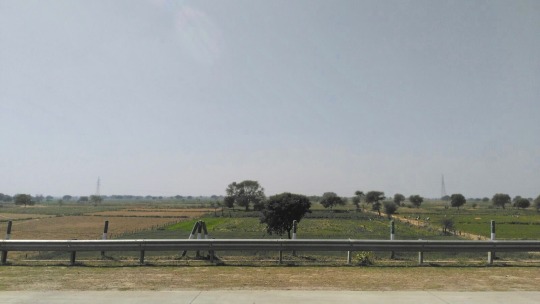
What I was seeing through the window looked remarkably similar to the countryside back home, but the details differed. Here, stone huts are replaced by straw huts, and you can often see little orange altars at crossroads, and maybe a couple of people enjoying their shade.
To my surprise, I could see many people working in the fields, mostly women, dressed in their colorful sarees. They would sit together at the center of a barren field next to a huge pile of yellowish vegetables. It took me two hours to figure out that they were sorting crops of potatoes.
Sometimes a cart carried by oxes or buffaloes would walk the dusty paths between the fields, loaded with red or white bags.

In some areas, the potato fields gave way to furnaces and vast areas in which bricks were laying in the sun, while workers aligned them carefully in wall-like storages.
In this peaceful landscape, it looked as time froze at a pre-industrial era.

Looking past the guard-rail, you could not tell if we were in 2017, in 1817 or 1517... life seemed unchanged for the workers in the field, in what looked like a routine that has been going on for centuries and that resisted the profound changes and modernization that indian cities have undergone. Watching from my car window, I had the feeling that if I could have walked those dusty roads and joined the workers in their neverending task of sorting potatoes, I could have had a taste of centuries of indian history just in one day.
The history of the common people, I mean.
But I actually I was travelling to visit another kind of history, the one that tells the story of rulers, kings and conquerors. Agra.
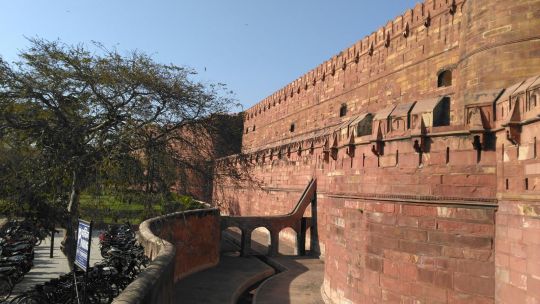
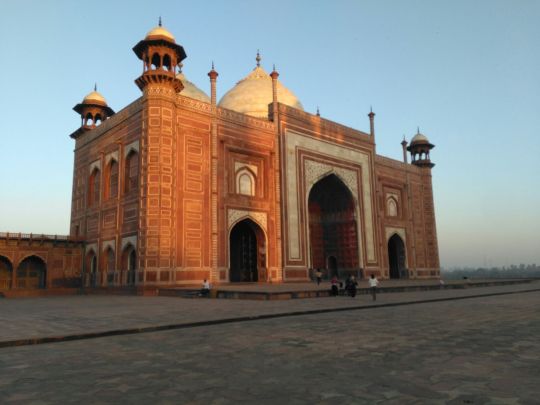
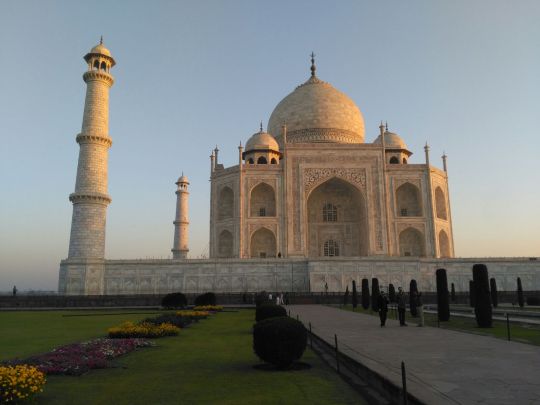

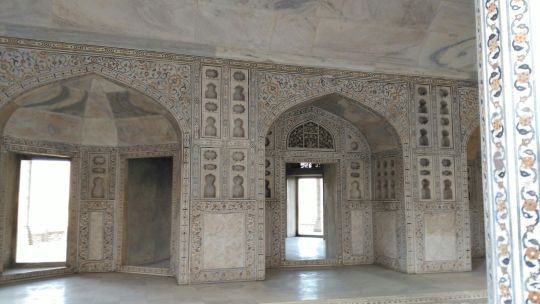
The Taj Mahal, the Tomb of I'timād-ud-Daulah and the Agra Fort were astonishing in their beauty, majesty and luxury.
Standing in these rooms made of marble and inlayed with precious stones, one could breathe the absolute power that India once had. Even more strongly, these buildings radiate a sense of human feelings, linked to the story of love, sorrow and family plots that they tell.
When the guide was telling us those stories, he kept asking us to imagine how Agra and its beauties must have appeared different back in their times. What we see now are “just” the walls (the most amazing walls ever, still) but we lost all the gold finishes, the carpets, chandeliers, curtains, smells, music that once inhabited these places.

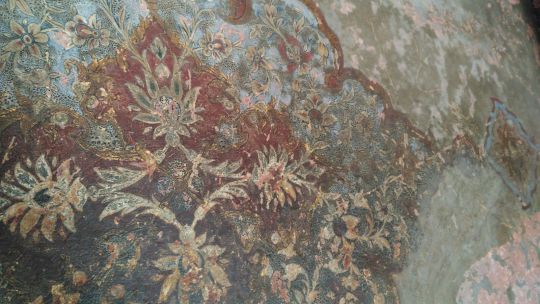
I cannot even start to imagine how these places must have looked like, which is surprising, given that the purpose of these building was to imprint in history the image of the times and culture in which they were built.
As life in the countryside gave me the impression of carrying on alive and untouched by time for centuries, the grand accomplishments of the rulers show their age and lose some of the details that only “living” places have.
I loved the irony in this comparison, and I thought that it was worth sharing. Still, what I can’t share is the pure awe in seeing the Taj Mahal at sunrise, or the fun we had in taking a million pictures in the “baby-Taj” at sunset.
Those are things you need to experience in person :)
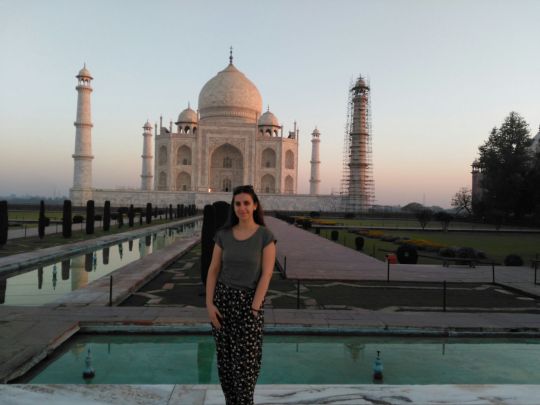
0 notes
Text
This is why we are here
It has been a couple of days since our project with Madhya Pradesh Voluntary Health Association kicked off, so I feel it’s the perfect time to finally give you guys a glimpse of the work we are about to do here in Indore.
So here is a 2min video shot at our client’s location - italian version...
vimeo
...and english version, shot together with my fellow team member Bill!
vimeo
So that is our plan for the upcoming weeks! (btw, this will be a good opportunity to build on our self-interviewing skills I guess :D)
If you want to know more about MPVHA, here is their website: http://www.mpvha.org/
They are doing some amazing work, devoting their time and passionate efforts to address some of the most difficult challenges this country is facing.
1 note
·
View note
Text
8 thousand km
That’s exactly how far I am now from home.
You know, it would take me 203 days of walking 8hrs a day to get here by foot. That’s incredible. What is even MORE incredible is that we have these giant metal boxes that fly in the sky and take you to your destination crossing mountains, seas, war zones, time zones. They are called “airplanes” and we are used to them, but if you think about it, they really are amazing and weird.
Another thing I love about planes: how you can see the cities from above, and how each country has its own very distinctive set of geometric shapes and colours, like an abstract representation of that country’s culture.
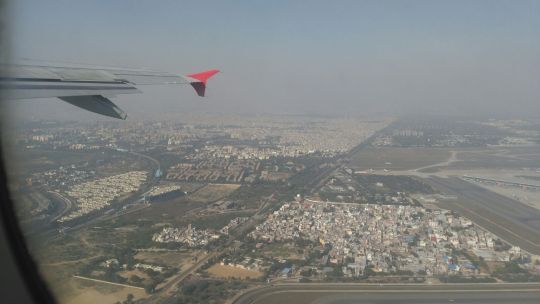
This is Delhi from above. A billion tiny houses are scattered like gravel and you cannot see the end of it!
Indore, where I’ll be staying for the next month... well, it’s very different. It’s rural, full of patches of grass. It might even look like my home, northern Italy... but when you get closer to the ground you see palms growing in in the fields, here and there :)

So I finally made it to Indore. Here is my happy face on my way from the airport, just looking around at all the plumeria trees (...yes, there WILL be a blog post about plants in India. Deal with it).

Finally I got to meet my Corporate Service Corps team (except from Amanda and Juliana who are still travelling) and we went for Thali in a restaurant near the hotel. So it begins my training on “HOW TO LEARN TO EAT SPICY FOOD FOR SOMEONE WHO HATES SPICY FOOD”. My approach: just do it.
First lesson of the training success rate: 65%. At some point I gave up, my mouth was on fire.
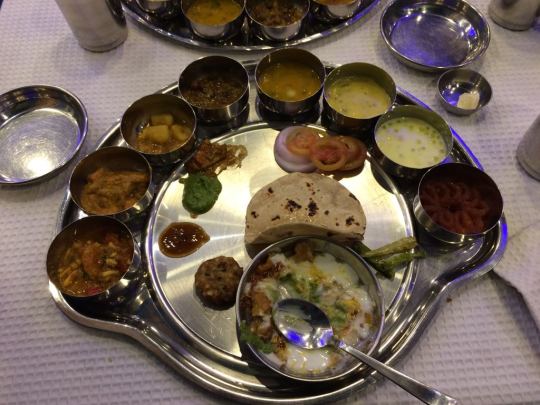
Last but definitely not least picture of the post: CSC India 34 team giving you all a big smile. We’re just getting started here!
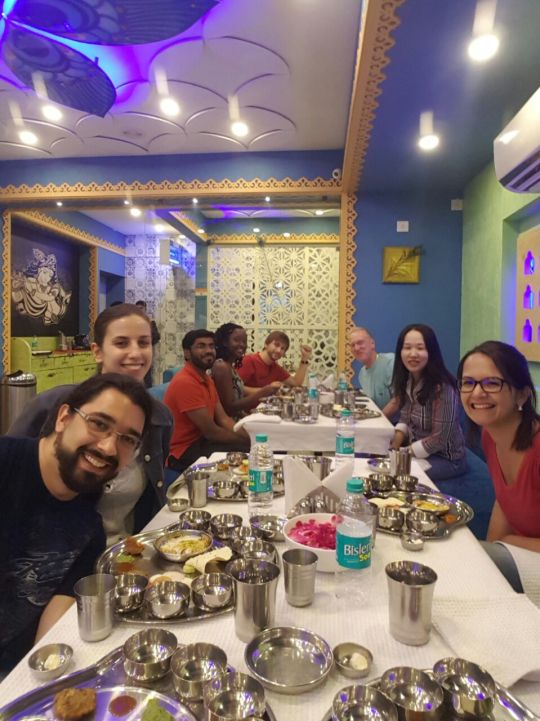
2 notes
·
View notes
Photo

Waiting at the airport, trying to sketch fellow passengers of Air India flight. The turban guy is pretty ok, the lady has a wild wild cheek :D
0 notes
Text
-1 week!!!
A week from now I will be in India and I will meet my CSC team face to face! After so many months spent getting to know them on the phone, I can finally offer a long-promised coffee to Davinder, who was incredibly kind and efficient and helped the team organize a trip to Agra, and to Bill, who offered his expertise to help me on a consulting assignment. The whole team is buzzing with excitement, as I can read on their blogs!
In the meantime, as I wait for the D(eparture) Day, I have been asking around to people who have been there for tips on how to get the best out of the CSC experience and trying to learn more about India and Indore.
In a way, it seems to me that when we approach another culture without knowing very much about it, we are like babies that try to explore the world for the first time: we can’t rely on language, on pre-conceived frameworks and schemas, and we are just very, very curious. So we resort to use our 5 basic senses: touch, smell, hearing, sight and taste.
That’s an approach that I really like, because I’ve never lost that ancestral curiosity: just show me something new and unsual and I will be swept off my feet by the naive desire of experiencing it, way before someone has explained to me what it is, how it works and what’s it for.
For example, did you notice how babies put in their mouth every object they can reach? That’s because they are just using their mouth to explore it, learning about the surface, texture and taste. When we grow up we lose this way of exploring objects in favor of another, less risky method: we ask).
With India, I think that I will combine the rational, verbal approach of asking and reading about the culture with the child-like approach of relying on the 5 senses, starting from my favorite one, taste. And I happen to be very lucky, because Indore is said to be the street food capital of India:
youtube
2 notes
·
View notes
Text
A textbook hero under the limelight
So I am sitting at my kitchen table with a huge cup of tea and my left arm is a bit stiff because of typhoid vaccination, then I decide to take a break from “conventional work” to watch a TED video part of our pre-CSC assignment work.
The talk is from *drumrolls* Micheal Porter (who would have thought that a “textbook legend” like him also gave TED talks? This is quite different from the image of him that I used to have!) and it explains why business can be good to solve social problems, rather than turning only to NGOs.
The key message is that the non-profit approach to social problems is not scalable, while social problems definitely are. There will never be *enough* money donated if this money doesn’t produce a return.
On the contrary, profit is a self-sustainable machine, which can produce resources. But in the common view, profit has no interest in solving social problems, rather the contrary.
Porter here tries to “de-bunk” this common view by bringing some examples of cases in which companies actually benefit (yes, economically too) from promoting social value. Market expansion, savings, employee productivity: these are just some of the reasons why business should genuinely be interested in addressing social issues, especially on the long-run.
I think that this approach needs to be developed and, personally, I would love to see more *data* supporting the value of “addressing social issues with a business case”.
But yes, I definitely feel like we’re on the right track, getting back to “a higher form of capitalism” :)
If you want to see the full video, here you go: http://www.ted.com/talks/michael_porter_why_business_can_be_good_at_solving_social_problems#t-824429
1 note
·
View note
Text
Hello World
Hi there!
My name is Marta Girardelli, and this is the place where I’ll share the chronicles of my upcoming IBM Corporate Service Corps assignment in INDORE, INDIA! Woha! I can’t wait... but, alas, I must.
Departure day is Feb 24th so from that day on I will be posting here the thoughts/photos/audio recordings (???) of my adventures during my assignment. Before that day, you can still read here about my excited anticipation :D
3 notes
·
View notes
